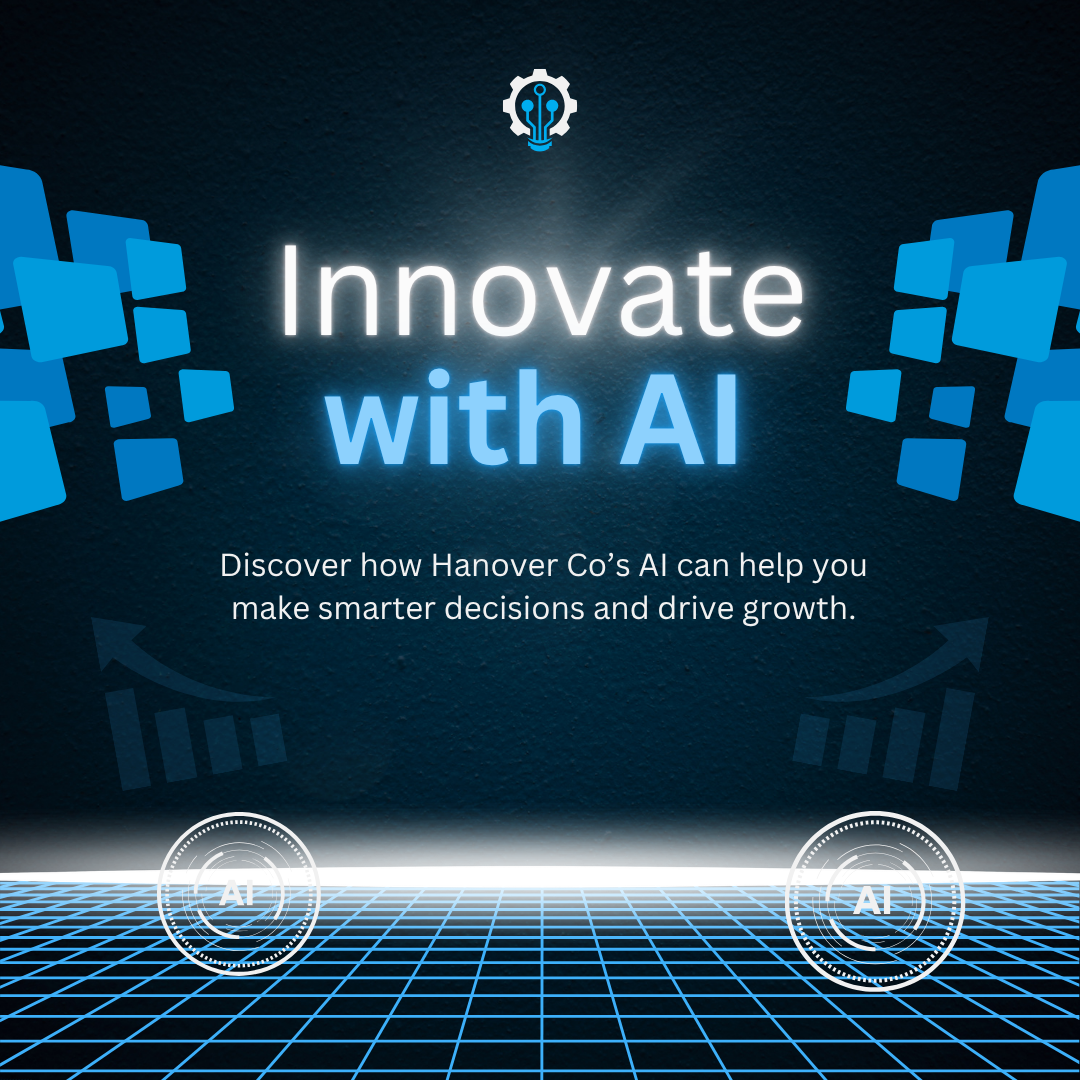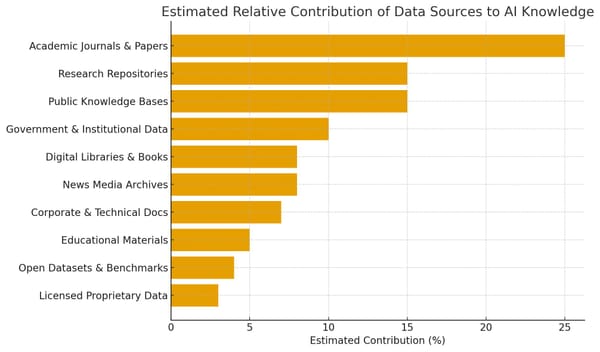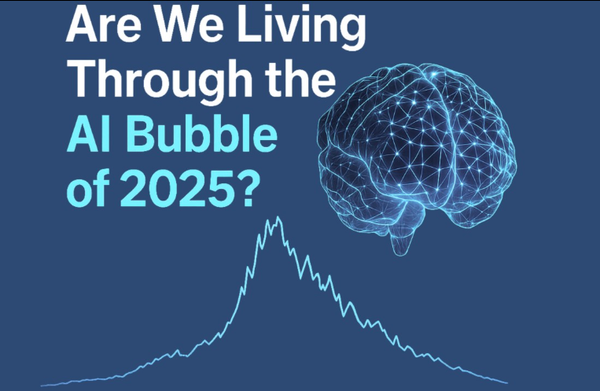Innovate with AI: Turning Ideas into Impact

Innovation is no longer limited by human bandwidth or traditional tools. With the rise of Artificial Intelligence (AI), we’re entering a new era where creativity, speed, and intelligence converge—unlocking possibilities that once seemed impossible. Whether you're a student, an entrepreneur, or a Fortune 500 executive, AI is now your most powerful collaborator.
But what does it really mean to innovate with AI? It means using AI not just to optimize, but to imagine, experiment, and build the future.
1. AI as an Innovation Partner
Innovation has always required insight, iteration, and risk-taking. AI accelerates each of these:
- Insight: AI uncovers patterns and predictions in massive data sets that humans would miss.
- Iteration: AI rapidly tests and tweaks designs, code, or ideas—shortening feedback loops from months to minutes.
- Inspiration: Generative AI suggests novel combinations, solutions, and formats that spark human creativity.
In short: AI doesn’t just help you move faster—it helps you think differently.
2. From Product to Platform
Innovating with AI allows creators to move from static products to dynamic platforms. For example:
- A fitness app becomes a personalized AI coach that adjusts in real time.
- A textbook becomes an adaptive learning experience driven by a student’s progress.
- A customer service team becomes a self-learning system that anticipates problems before they arise.
This transition is a game-changer for startups and legacy companies alike: AI-powered platforms scale better, learn faster, and offer unmatched personalization.
3. Design Thinking Meets Machine Learning
Human-centered design and AI are not opposites—they’re complementary. Design thinking focuses on empathy and understanding human needs. AI provides data-driven insights and scalable experimentation.
Together, they enable:
- Rapid prototyping with generative models that create mockups, copy, and code.
- User testing at scale by simulating thousands of user interactions.
- Hyper-personalization, where every user journey feels tailor-made.
The most successful innovators will be those who combine empathy and algorithms.
4. Examples of AI-Powered Innovation
Here’s how different industries are innovating with AI:
- Healthcare: AI helps design new drugs, personalize treatments, and detect diseases earlier than ever before.
- Retail: AI analyzes trends, predicts inventory needs, and creates dynamic pricing models.
- Education: Adaptive learning platforms customize lesson plans to each student’s pace and style.
- Entertainment: AI writes scripts, generates music, and even helps plan entire movie scenes.
- Agriculture: AI predicts crop yields, detects disease in plants, and manages resources with precision.
These aren’t future possibilities—they’re happening now.
5. Lowering the Barrier to Innovation
AI is democratizing innovation. Tools like ChatGPT, GitHub Copilot, Midjourney, and Runway let anyone—regardless of technical background—bring ideas to life.
You no longer need a team of developers or years of experience to:
- Build a prototype.
- Launch a marketing campaign.
- Analyze a market.
- Write a business plan.
With AI, your idea doesn’t stay on the whiteboard. It becomes real—faster than ever.
6. Responsible Innovation
True innovation isn’t just about what you can build—it’s about what you should. As AI becomes more powerful, ethical innovation matters more than ever. Innovators must ask:
- Is this fair and inclusive?
- Does this protect privacy and autonomy?
- How might this be misused or misunderstood?
Responsible innovation ensures that AI’s impact is positive, sustainable, and human-centered.
Conclusion: Create What’s Never Been Created
AI is not here to replace human ingenuity—it’s here to amplify it. To innovate with AI is to partner with intelligence itself, pushing the boundaries of what you can build, imagine, and achieve.
The most exciting innovations of the next decade won’t come from AI alone. They’ll come from people who learn to innovate with it.
So if you have an idea, a problem, or a passion—now is the time to explore. With AI as your collaborator, the future is yours to create.



